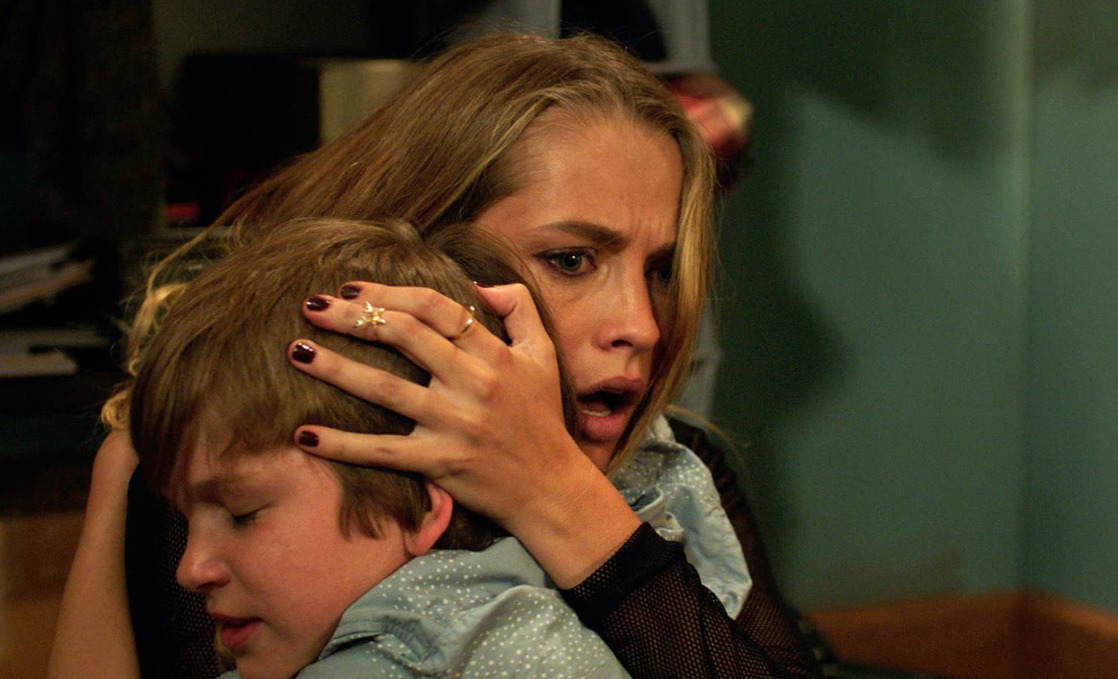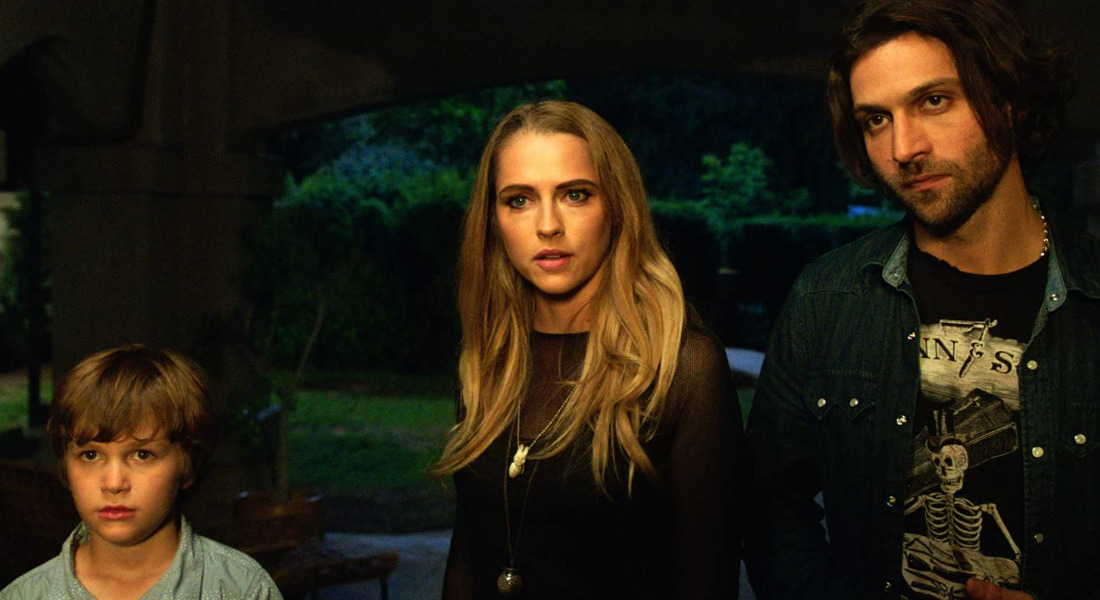Directed by David F. Sandberg, 2016’s ‘Lights Out’ is a supernatural horror movie starring Teresa Palmer, Maria Bello, and Gabriel Bateman. It follows the story of Diana, a deadly entity of the darkness, as she returns to her old friend, Sophie, and starts haunting the life of her young son Martin. Rebecca, his older step-sister, went through a similar thing in her childhood and returns to save her family.
However, Diana’s attachment to Sophie is much more extreme than anyone thought. With a complicated but sincere family dynamic at its center, the supernatural movie is full of terrifying imagery and themes while still telling a convincing story about trauma and depression. At the same time, this horror plot also allows a rich backstory for its monster, Diana, and builds a compelling world around her. If you’re curious about the true origin of ‘Lights Out’ and if it is rooted in reality, here is everything you need to know!
Origins of Lights Out: From Short Film to Feature
No, ‘Lights Out’ is not based on a true story. Instead, the movie is an adaptation of an eponymous 2013 Swedish short film by director David F. Sandberg. It was three-minute-long and created by Sandberg and his wife for a film festival called the Bloody Cuts Horror Challenge. The short film has a similar premise to the feature film about a woman haunted by a supernatural creature that only appears in the dark. Interestingly, the short film received high praise and critical acclaim, and Sandberg was eventually approached by production companies looking to turn his short film into a full-length movie.

The base idea behind Diana stems from mental health issues. Therefore in the movie, she survives only as a side-effect of Sophie’s depression. This inherent relationship between Diana, the somewhat tangible threat presented to the characters, and mental illness, an issue numerous people in the real world encounter, forms a connection between the film and reality.
“I started thinking of this mental illness angle pretty early on because it felt like that was a darkness within people or something like that. It felt appropriate. It started with this idea of how, in a lot of horror movies, you have this trope of the little kid who has an imaginary friend who turns out to be a ghost, but I always thought it would be much scarier if it were the parents who had the imaginary friend. As a child, you’re so vulnerable and dependent on your parent, so I just felt that would be scarier. That’s how it all started.” Sandberg shared in an interview about the birth of the idea behind ‘Lights Out.’
Similarly, Eric Heisserer, the screenplay writer whom Sandberg worked with on the 2016 film, crafted Diana’s storyline with her metaphorical significance in mind. “She represents mental illness and clinical depression, and how keeping that in the dark or keeping that as unspoken within a family can fracture a family dynamic and can even cause harm,” Heisserer said in a 2016 interview while discussing the film. When Diana’s relationship with Sophie is put in the context of an individual’s relationship with depression, it adds a different nuance to the overall outcome of the movie.
However, the movie’s utilization of the concept of depression to represent Diana isn’t the only thing that reminds the audience of their own realities. A key aspect of her character is that she exists as a dreadful silhouette in the dark for most of the movie. Nyctophobia, the fear of darkness, is one of the most common phobias, with almost everyone experiencing it at some point in their lives, especially in childhood. It doesn’t only include being afraid of the dark but rather the possibility that the latter presents.
In the darkness, any number of horrors— supernatural or otherwise— can reside. Therefore, when ‘Lights Out’ proposes the idea of an eerie, vengeful Diana lurking in the dark, it quickly taps into the audience’s fears and anxieties. Meanwhile, the non-horror aspect of the movie revolves around a strained family dynamic. Despite all the problems plaguing Rebecca and her family, each member still profoundly cares about the others.
Just as the film takes time to build up the suspense and horror around Diana, it also tries to piece together dynamics between the characters that feel real and relatable. Ultimately, the movie is not based on an actual occurrence. Yet, the part of reality it draws inspiration from has a substantial presence in everyone’s daily lives, making ‘Lights Out’ feel convincingly authentic.


You must be logged in to post a comment.